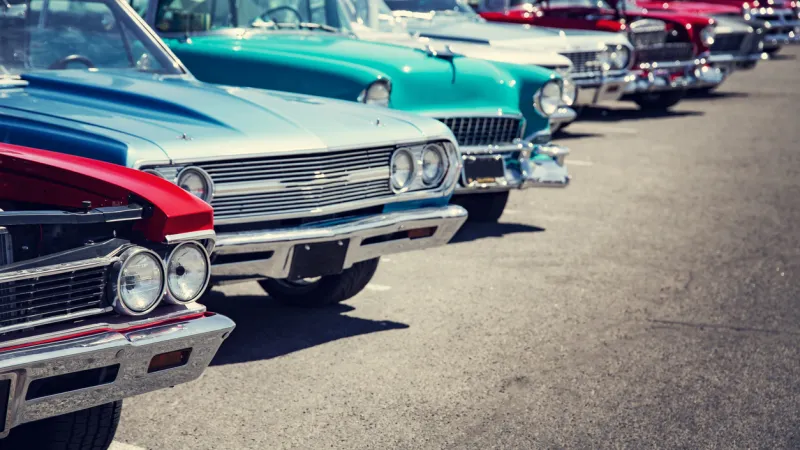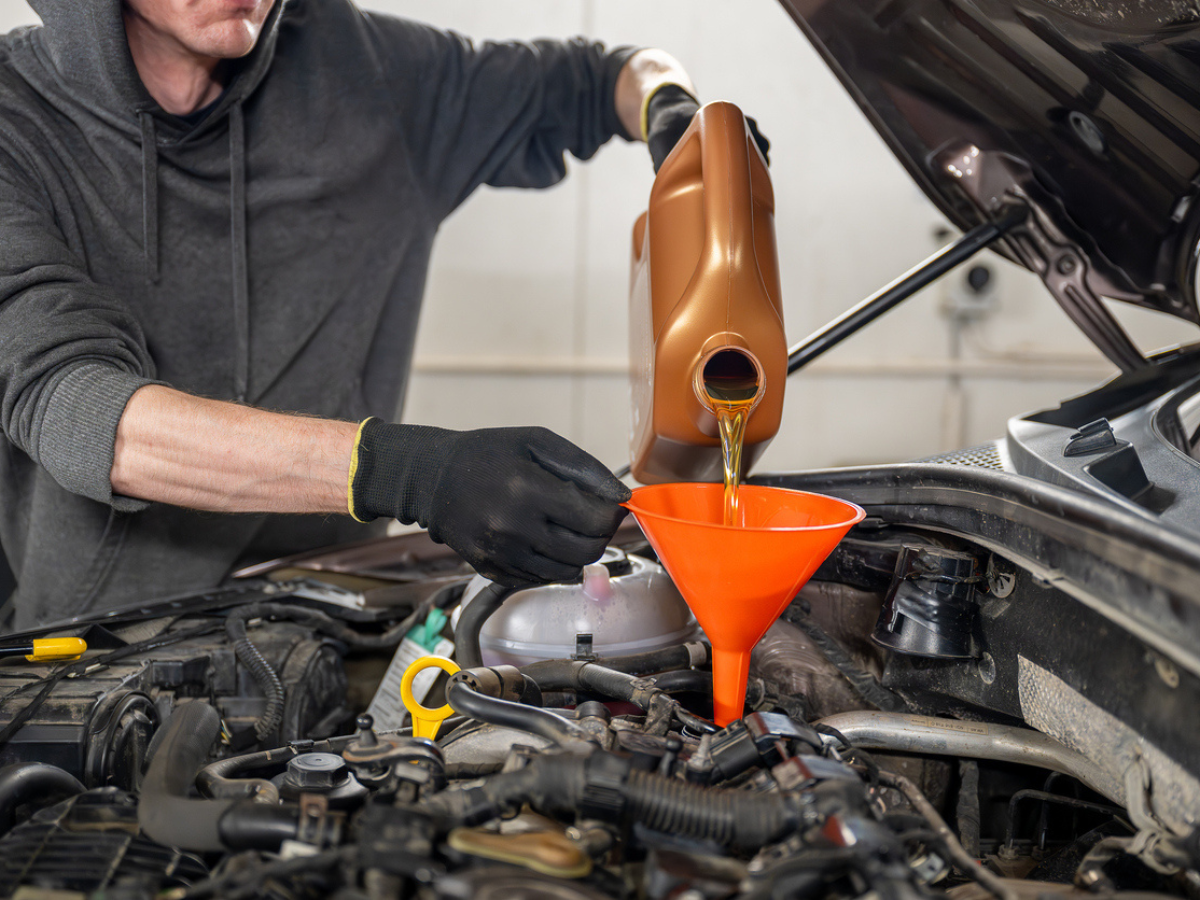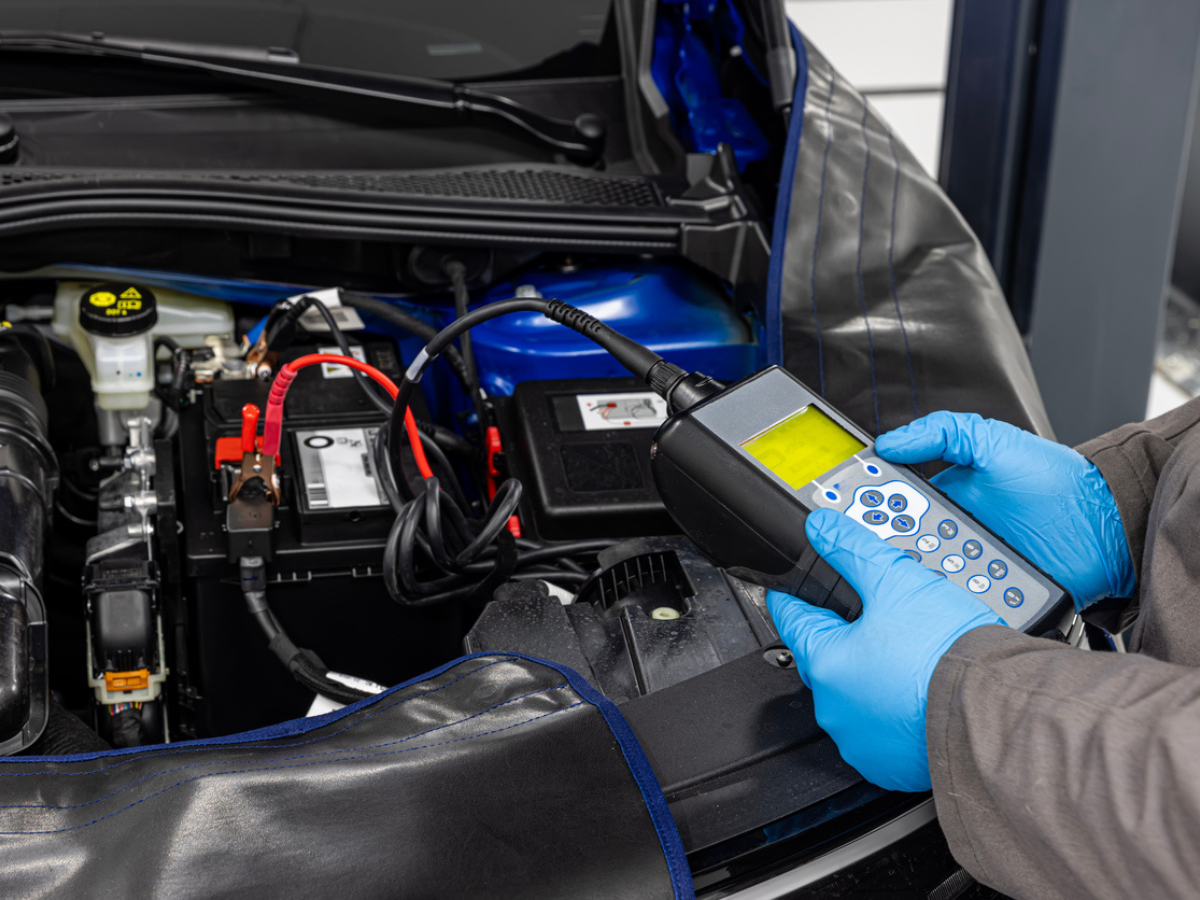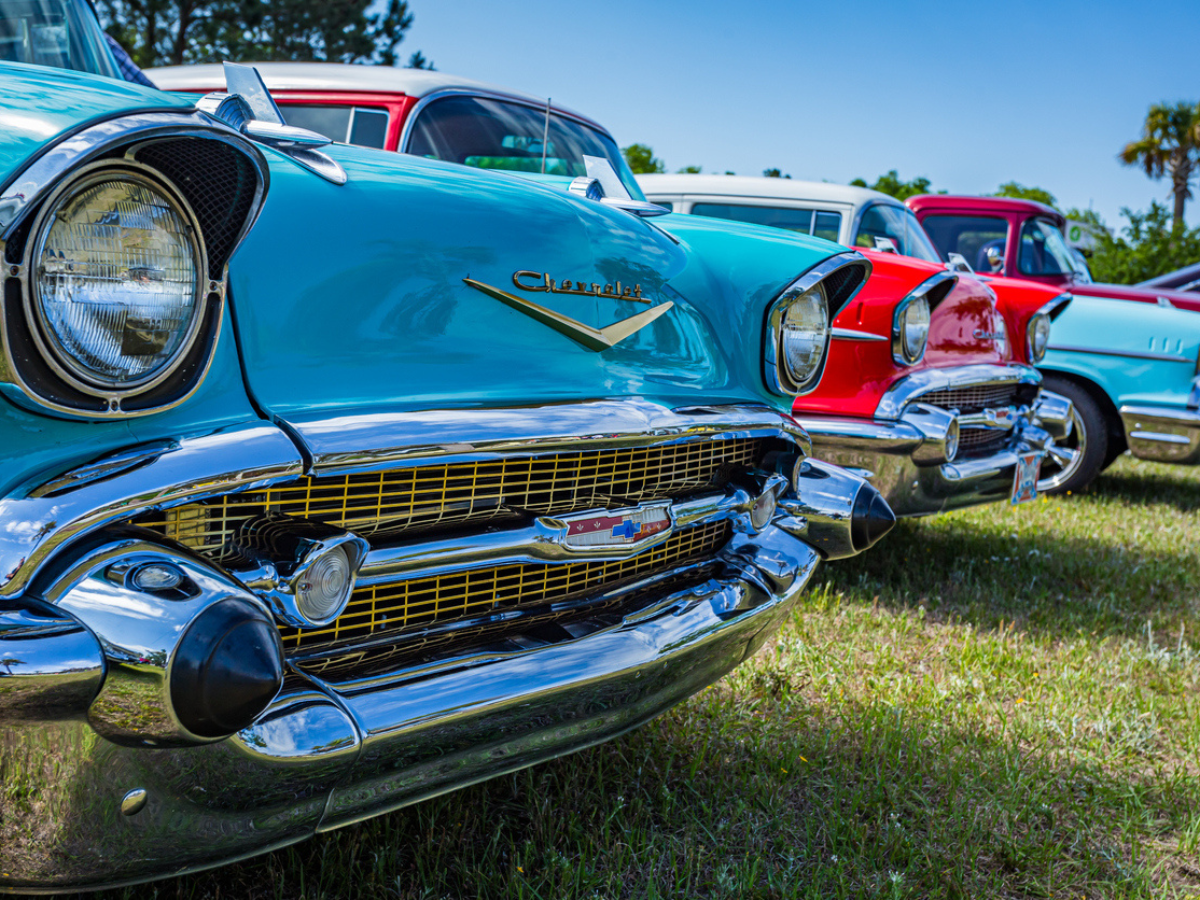
Spring Tips for Classic Car Owners: Give Your Vintage Beauty the Care It Deserves
Summary
Reading Time
6 min
The snow has melted, the sun is shining, and if you’re a classic car owner, you know exactly what that means. It’s time to bring your beloved ride out of storage and get it ready for the road. Whether you’re planning to hit the highway, cruise through town, or get show-ready for the summer season, a little spring maintenance can go a long way in keeping your classic car running and looking like a dream.
Spring is also the season when small issues can turn into big repairs if they’re left unchecked, especially in vintage vehicles. So before you twist the key and take that first drive, here are some essential tips to help your classic stay safe, polished, and road-ready.
Start with a Thorough Inspection
Before doing anything else, give your car a full visual check from top to bottom. Look for signs of moisture buildup, rust patches, or leaks under the vehicle. Open the hood and scan for rodent nests or signs of chewed wires, especially around the engine bay and air filters. Mice and squirrels love to hunker down in warm, quiet spaces during the winter.
If you stored your car on jack stands, you’ve already helped protect the tires and suspension. But if not, check for flat spots, sagging shocks, or any uneven wear. Take a peek at the undercarriage too. Road salt and moisture can cause corrosion over time, especially on older frames. A flashlight and a little patience go a long way during this inspection.
Freshen Up the Fluids
Classic cars tend to be a bit pickier when it comes to fluids, so don’t skip this step!
- Oil Change: Even if you changed the oil before storing your vehicle, it’s a good idea to swap it again in the spring. Condensation can build up in the engine over winter, and that moisture doesn’t do your car any favours.
- Transmission and Power Steering Fluid: These may not need to be changed every year, but spring is a good time to take a look.
- Coolant and Brake Fluid: Check levels and top off as needed. If the fluids look dark or murky, a flush might be in order.
Fuel System: If you didn’t add a fuel stabilizer before storage, the gas might be stale. Consider draining it and refilling with fresh fuel before starting the engine. And remember, some classic engines require leaded gas or additives—these can usually be found at stores like Canadian Tire or NAPA Auto Parts.

Check Tires and Brakes
Your tires are the only part of the vehicle that touches the road, so make sure they’re in good condition. Look for cracks in the sidewalls, flat spots from sitting, or signs of dry rot. Rubber breaks down faster than people expect, especially after long storage. Always check tire pressure and inflate to the recommended levels to ensure proper grip and handling. Additionally, owners should know how to read the date of manufacture on their tires. Tires older than 7 years can be unsafe, even if they don’t have a lot of miles on them, as the rubber deteriorates over time.
Now is also the time to test your brakes. Surface rust on rotors is common after storage, but if you hear grinding, feel vibrations, or notice a soft brake pedal, schedule an inspection. Brake pads and fluid should be in top shape before any driving begins. And don’t forget to check your emergency brake, especially if it was engaged all winter.
Give Your Battery a Boost
Cold weather can be tough on car batteries, especially in older vehicles. If you stored your battery on a trickle charger or removed it over the winter, great! If not, it’s worth testing it before you attempt to start the engine. Look for corrosion on the terminals and make sure everything is secure.
Most auto shops will do a quick battery test for free, so it’s worth checking it out before you find yourself stranded on the side of the road.

Don’t Forget the Appraisal
Here’s a big one that’s easy to overlook: if you’ve made upgrades, completed restorations, or your classic has increased in market value, it’s time to get a new appraisal. An updated appraisal ensures your car is properly insured for what it’s actually worth, not just what it was worth three years ago. This is especially important if you're relying on agreed-value insurance coverage.
At Sandbox, we always recommend keeping your appraisal current. It’s one of the best ways to make sure your investment is protected.
Planning for Car Shows? Start Prepping Early
Spring is the perfect time to get your classic looking sharp for show season. Start by giving it a deep clean inside and out. A fresh coat of wax can really make the paint pop, and polishing chrome trim adds extra shine that stands out in the sun.
Check for paint chips, faded chrome, or trim that might need a little TLC. If any bodywork or restoration is needed, booking early can help you avoid long wait times at busy shops.

Rodent-Proofing in the Fall
It might be spring now, but it’s worth thinking ahead to how you'll store your classic come fall. Rodents can do serious damage over winter such as chewing wires, nesting in upholstery, or clogging air filters.
To protect your ride:
- Seal up gaps in your garage or storage space.
- Block off tailpipes and air intakes with steel wool or mesh (just remember to remove them in spring).
- Clean out the interior (food crumbs attract pests fast.)
- Try deterrents like dryer sheets, peppermint oil, or mothballs around the vehicle.
A few simple steps in the fall can save you from big surprises next spring. Your classic car will thank you.
Protect What You Love
At Sandbox Mutual Insurance, we know your classic car is more than just a vehicle—it’s a passion project, a memory-maker, and sometimes even a piece of history. That’s why we offer customizable Classic Car Insurance options that fit your lifestyle, whether you drive your car every weekend or just take it out for special events.
Need help finding the right coverage? Find a broker near you that can walk you through your options and help you feel confident behind the wheel this spring.
Please note that the information in this article may not accurately reflect your insurance policy from Sandbox Mutual Insurance or another insurance company. Please refer to your policy or talk to your broker about your specific coverages.

FAQ'S
Why do I need to get my classic car re-appraised before driving it in the spring?
Classic cars often increase in value over time, especially if you’ve done restoration work or upgrades. An outdated appraisal means your insurance may not reflect your vehicle’s actual worth, leaving you underinsured after a loss. Updating your appraisal ensures your agreed-value coverage actually protects what your classic is worth today, not what it was worth years ago.
What spring maintenance steps are most important before taking my classic car out of storage?
Start with a full inspection for rust, leaks, or rodent damage, then check all your fluids: oil, coolant, brake fluid, and fuel. Examine your tires for dry rot or flat spots, test your brakes, and make sure your battery can hold a charge. Spring is when minor issues can quickly escalate, so catching problems early helps preserve your car’s performance and value.
Does home or auto insurance automatically cover my classic car?
Not necessarily. Classic cars often need specialized coverage, such as agreed-value insurance, which ensures you’re paid the full appraised value if the vehicle is a total loss. Regular auto insurance may not account for appreciation, aftermarket restoration work, or limited-use driving. A broker can help you choose the right classic car policy to protect your investment in and out of storage.



